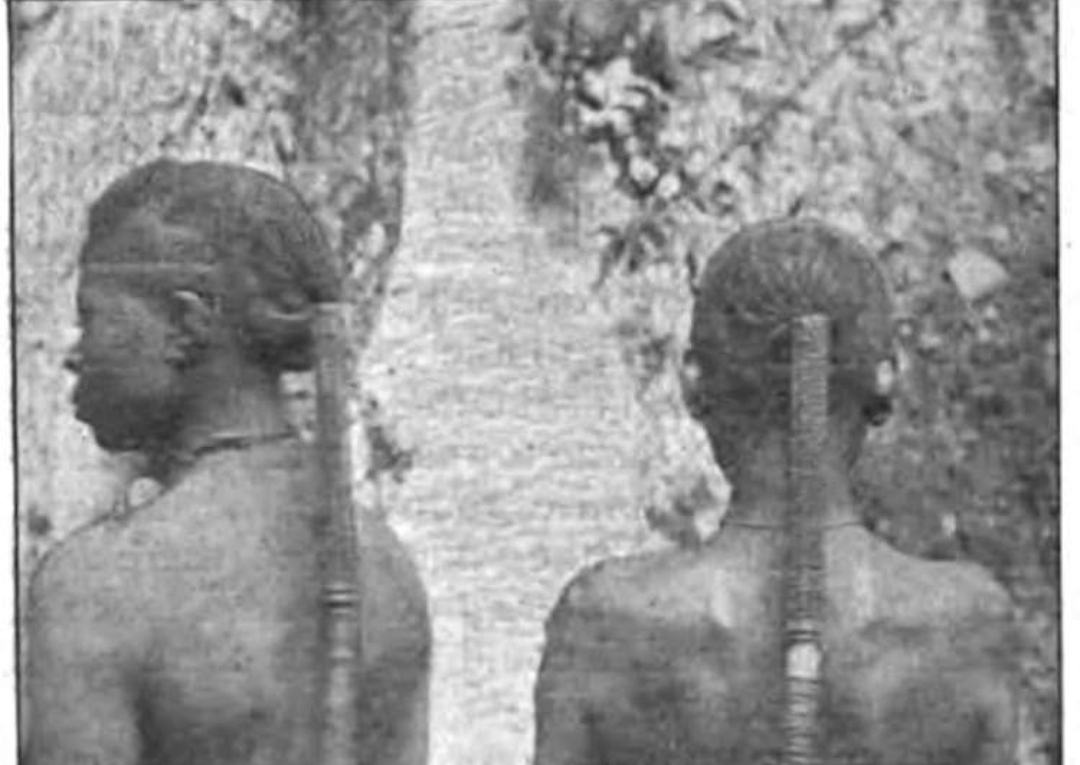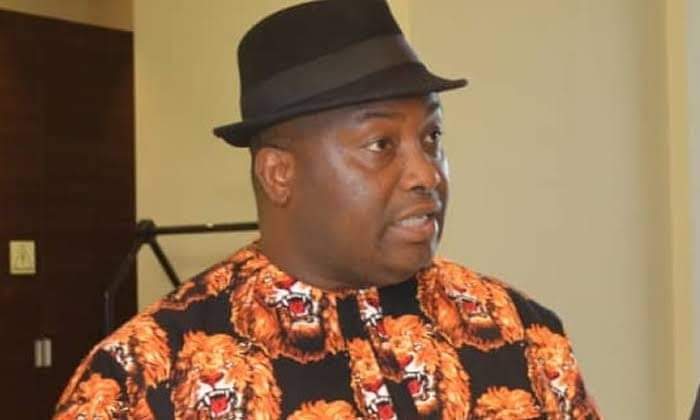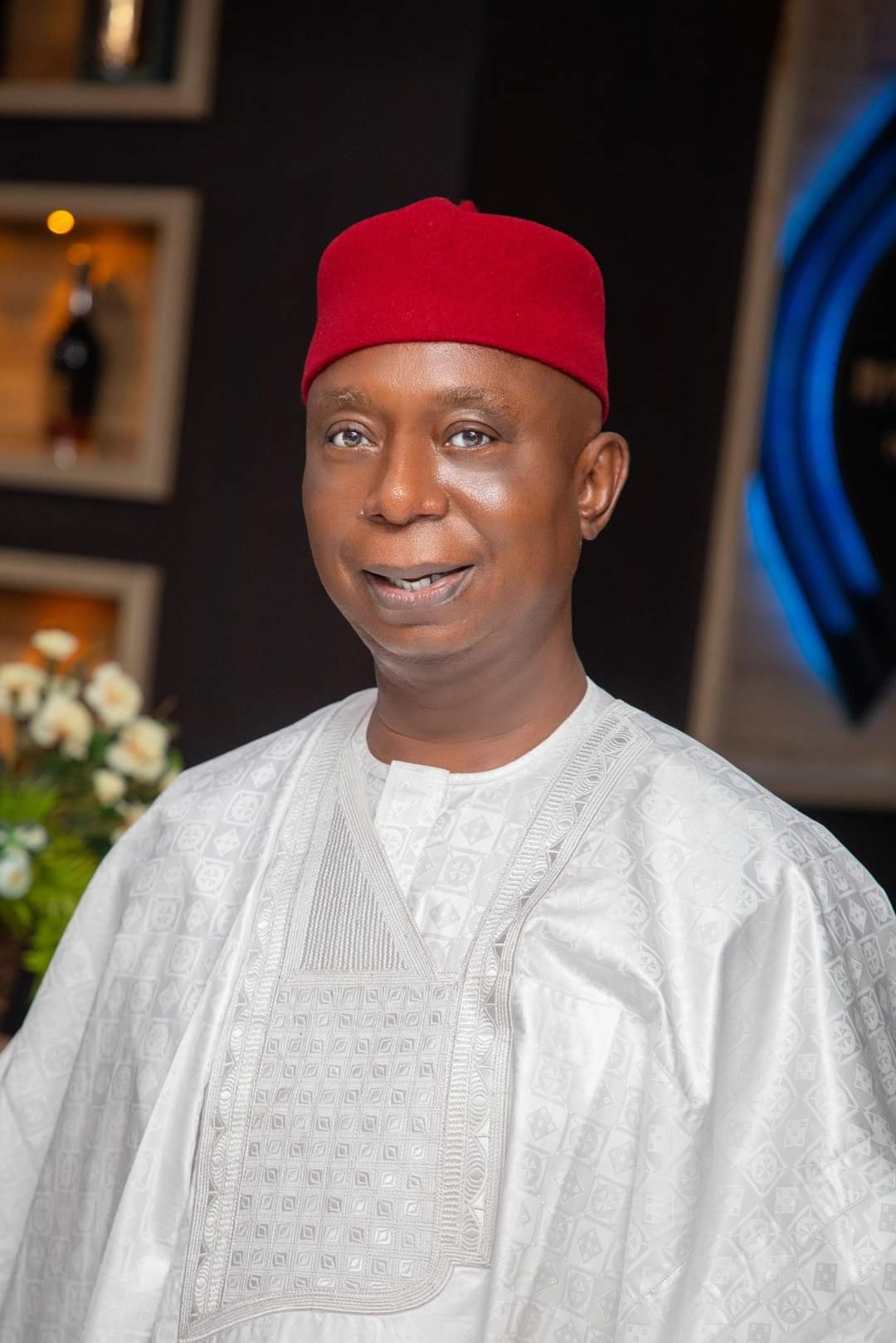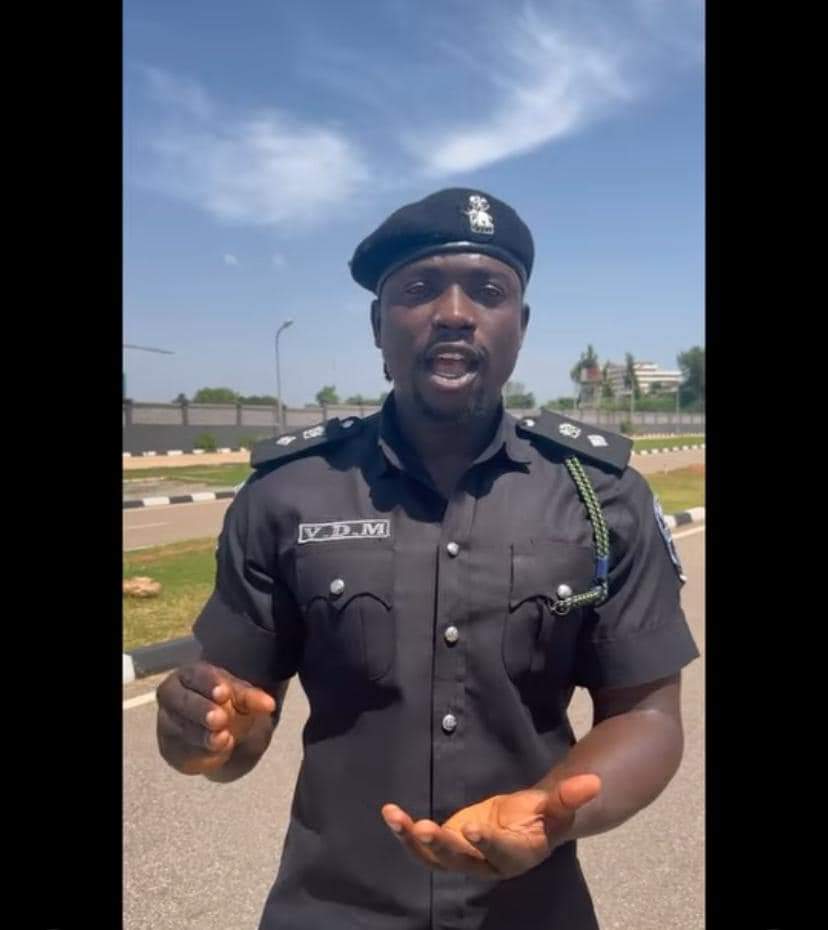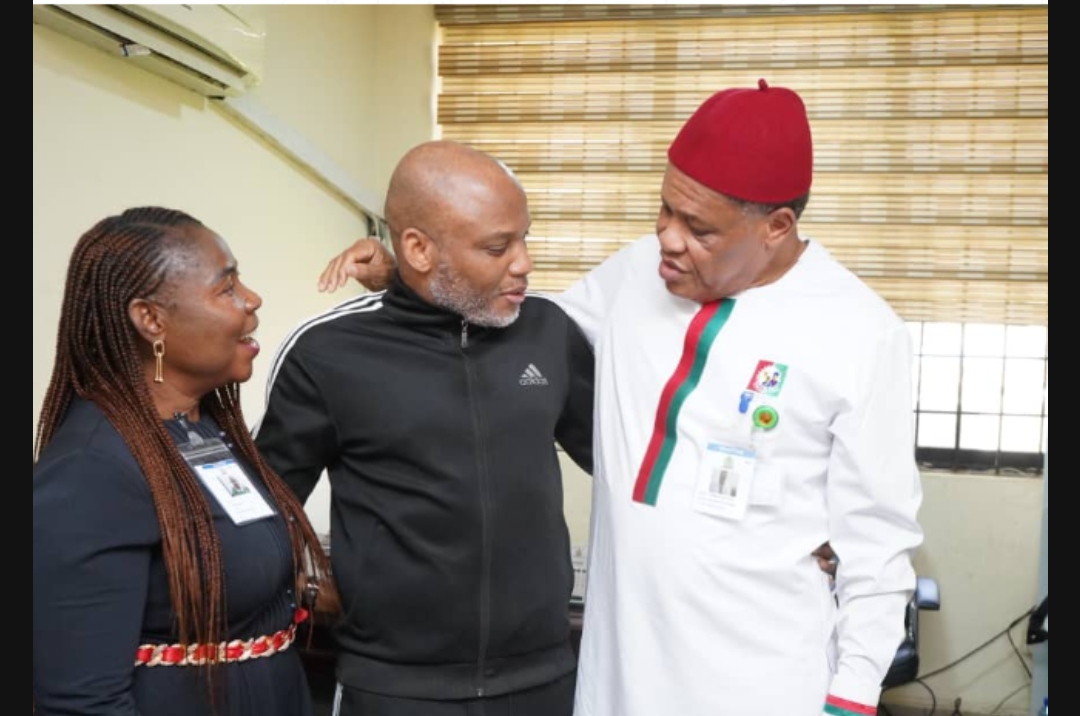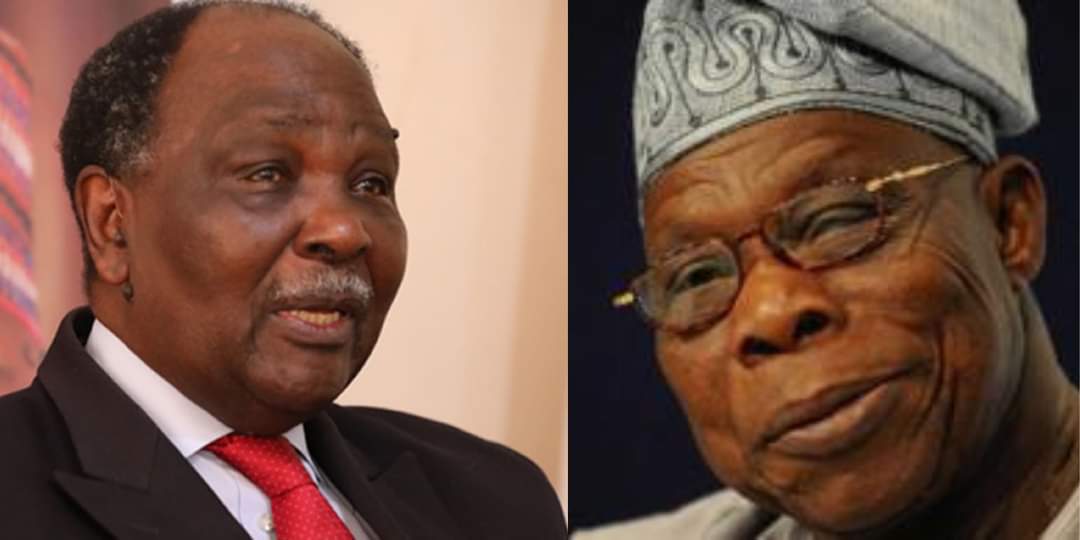Ohafia, a community known for its rich cultural heritage, follows a matrilineal system where rights to farmlands are inherited through the maternal line. It is also a society where, although uncommon, some women joined the predominantly male Ekpè society. History and folklore of Ohafia record several women warriors, known as dike nwaàmị̀, who either hailed from or were married into the community.
One such story is that of Nne Mgbaafo, a courageous woman who risked her life to find her husband, whom she believed had been killed by enemies in Ibibio territory. Donning her war gear, Nne Mgbaafo confronted the enemies, intimidating them into revealing that her husband had been kidnapped rather than killed. Through her bravery, she rescued him and returned him to Ohafia.
Another notable account is that of Inyan Olugu, whose husband, Itenta Ogbulopia, had not taken any heads in battle, a prerequisite for being recognized as dike, a valiant warrior. As a result, he was ridiculed as a coward (onye ụjọ), bringing dishonor to their household. Determined to restore her family’s honor, Inyan Olugu took her husband into the forests of Nkalu under the pretense of harvesting palm fruits. While he climbed a palm tree, Inyan Olugu used his gun to kill five Nnong Ibibie men, securing their heads. She returned to Ohafia and presented the heads to the ikòrò, the ancestral slit drum that receives sacrifices. As the community hailed her husband, Inyan Olugu boldly declared that they should also sing her praises, as she was the one who brought the heads and restored honor to her husband.
In the 20th century, another remarkable woman, Nne Uko Uma Awa of Akanu Ohafia, performed a ritual hunt during her age-grade’s coming-of-age ceremony, an event traditionally reserved for boys. Under the guidance of the divinity Kalu Akanu, Nne Uko and other girls, dressed in male warrior attire, took on this significant task. Nne Uko later continued to dress in typically male fashion, wearing a warrior’s loincloth and a leopard cap (òkpu agụ). She was eventually admitted into the exclusive Ekpè society, performed the male style of the iri agha dance, and even married two wives who bore children through her brother. As a successful farmer, Nne Uko held yam titles, with the help of her wives and children. She became the custodian of the maternal lineage shrine, dedicated to revered female ancestors. Later in life, Nne Uko adopted more conventional female attire, but she famously stated, “I dressed like a man because by creation I was meant to be a man. But as it happened, when coming into this world I came with a woman’s body.”
These are just a few stories of the dike nwaàmị̀, the fearless female warriors of Ohafia, whose bravery and contributions continue to inspire.
Photograph of Ohafia women with long braids, a popular fashion at the time, taken by Rev. William T. Weir. From The Women’s Missionary Magazine of the United Free Church of Scotland, 1904. Digitized by Google.

